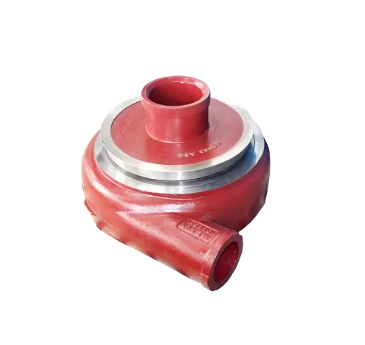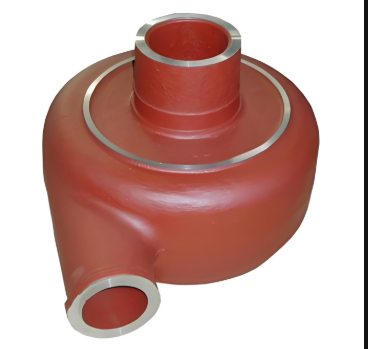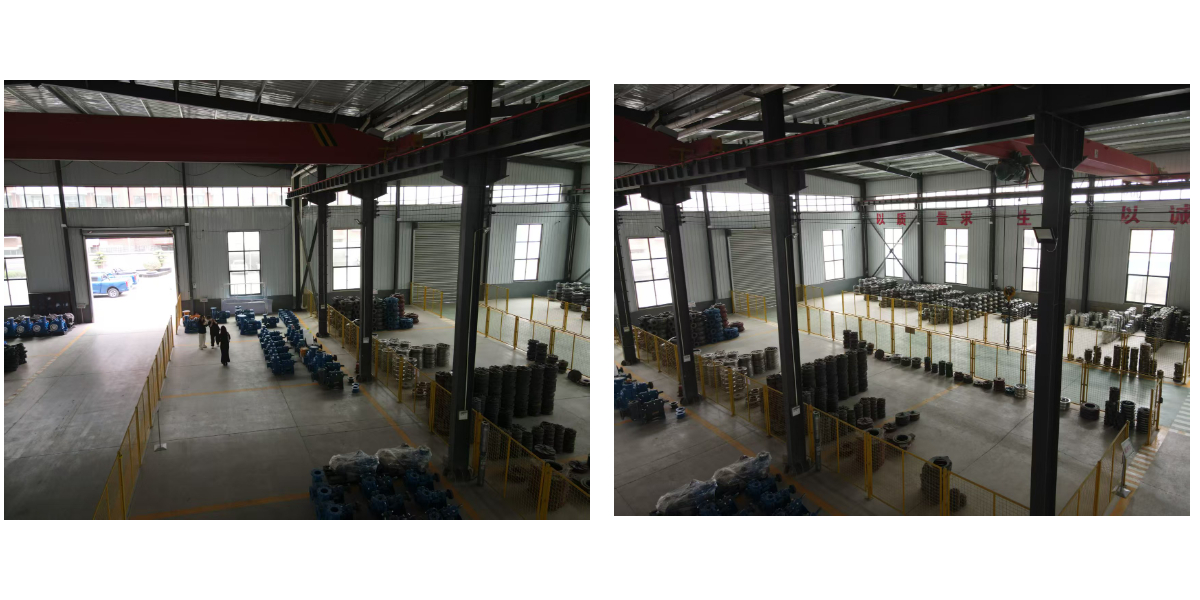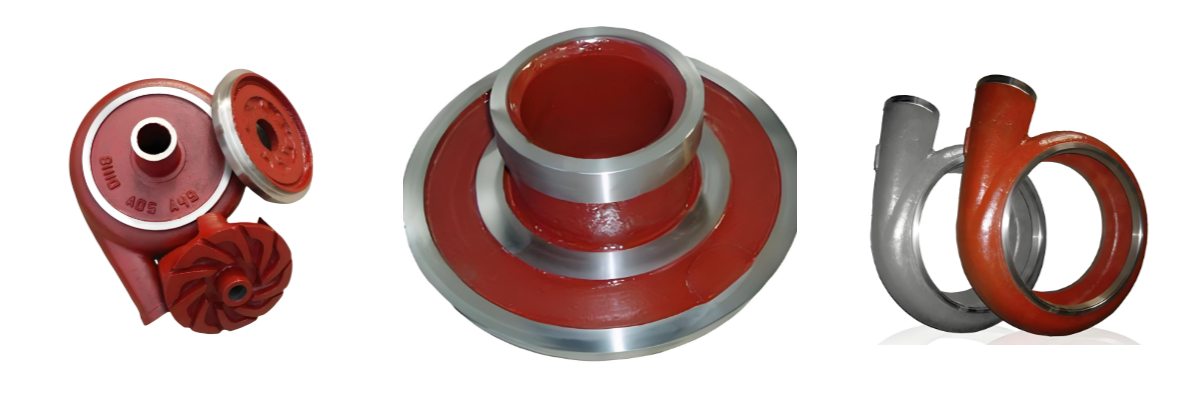Slurry Pump Wear-Resistant Lining
Superior Wear Resistance: Made from high-chromium alloy (Cr26, Cr28), rubber, or ceramic composite materials, attaining a hardness of HRC60+ and remarkable resistance to particle impact.
Corrosion Resistance: For acidic and alkaline media (such as mine tailings and chemical slurries), rubber lining or uniqueness alloys (such as duplex stainless steel) are available.
Modular Design: Split-type building permits for person substitute of worn components, decreasing renovation costs.
The slurry pump jacket (also recognized as the pump casing liner or put on liner) is a core wear-resistant factor of a slurry pump. Installed inner the pump casing, it protects the pump physique from harm prompted through pretty concentrated, abrasive slurries. Its graph without delay affects the pump's carrier life, running efficiency, and protection costs.
1. Functions of the Slurry Pump Jacket
Wear Protection: Withstands high-speed have an impact on from stable particles (such as ore, coal slag, and sand and gravel) to forestall put on on the pump casing.
Corrosion Resistance: For acidic and alkaline media (such as mine tailings and chemical wastewater), corrosion-resistant substances (such as rubber and high-chromium alloy) are used.
Modular Replacement: The jacket is a "wearing part" and can be changed for my part when worn, lowering universal upkeep costs.
Flow Optimization: Maintains clean go with the flow paths inside the pump, reduces turbulence, and improves pumping efficiency.
2. Common Jacket Materials and Characteristics
High-chromium alloy (Cr26/Cr28) provides excessive hardness (HRC 58-65), exquisite put on resistance, and practical cost. 6-12 months for high-abrasion scenes such as mining slurry and sand and gravel transportation
Rubber bushings (natural/synthetic) Good elasticity, resistance to susceptible acids and susceptible alkalis, soak up shock and vibration, however bad temperature resistance (≤80℃). Sewage containing best particles, tailings slurry. 3-8 months
Ceramic composite (Al₂O₃/SiC) Super hard, resistant to robust acids and alkalis, however brittle and vulnerable influence resistance. High-precision scenes such as chemical slurry and electricity plant desulfurization. 12-24 months
Polyurethane (PU) Wear resistance is shut to that of rubber, with higher oil resistance, appropriate for conventional disassembly conditions. Occasions with oily media or requiring rapid replacement. 4-10 months
3. Structural format of the sheath
(1) Split liner
- Large slurry pumps use a aggregate of more than one liner plates (such as higher and decrease cut up type, fan-shaped block type). After nearby wear, solely the broken section is replaced, saving costs.
Advantages: Reduce downtime and decrease spare components stock pressure.
(2) Adjustable Thickness - Thickened jacket sketch (e.g., 30-50mm) extends carrier lifestyles and is specifically appropriate for high-concentration (solid content material ≥40%) or massive particle (e.g., Φ20mm and above) applications. (3) Optimized Flow Path - Smooth internal wall graph or spiral float course reduces turbulence and eddy currents, decreasing the danger of localized wear.









